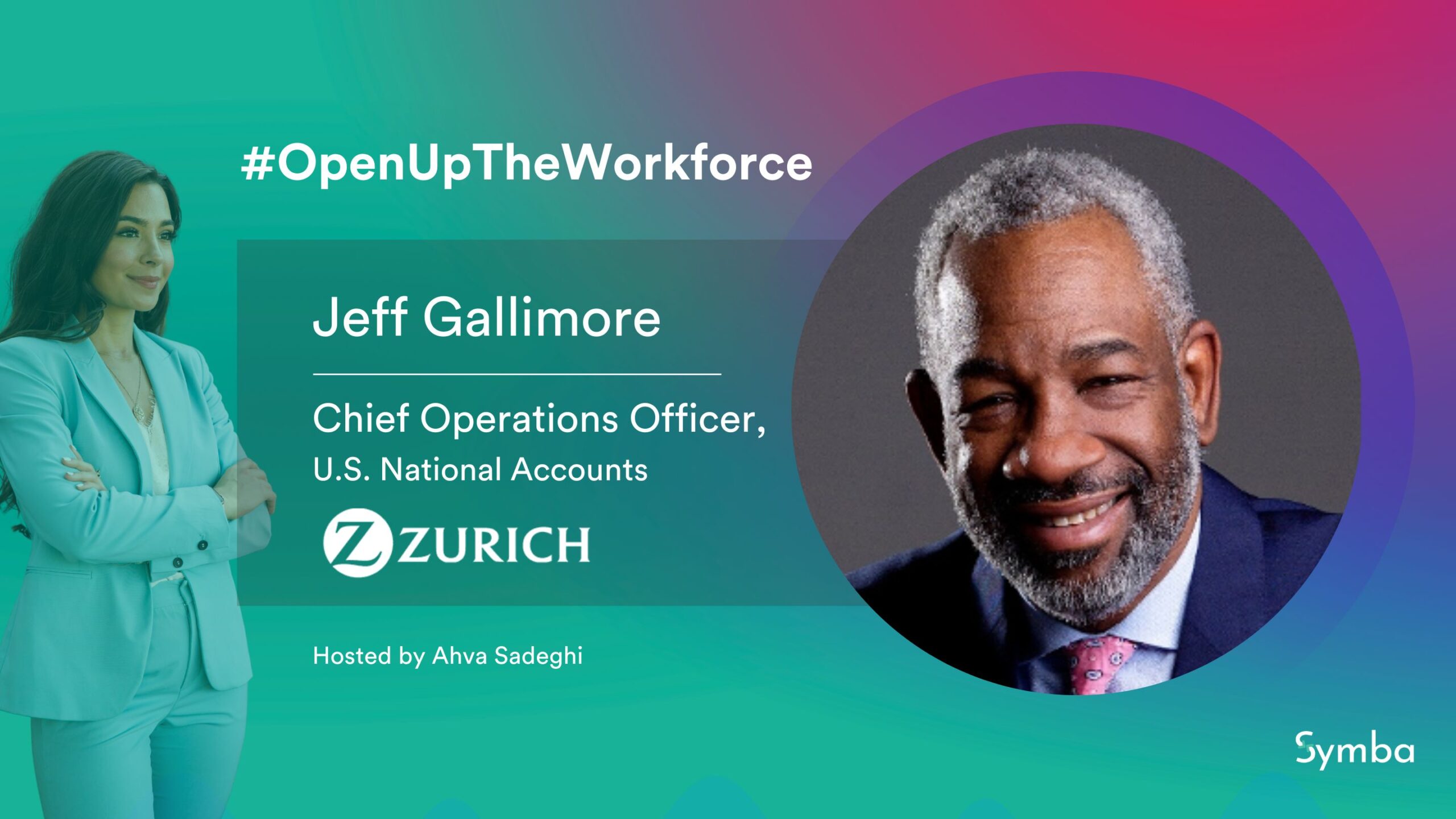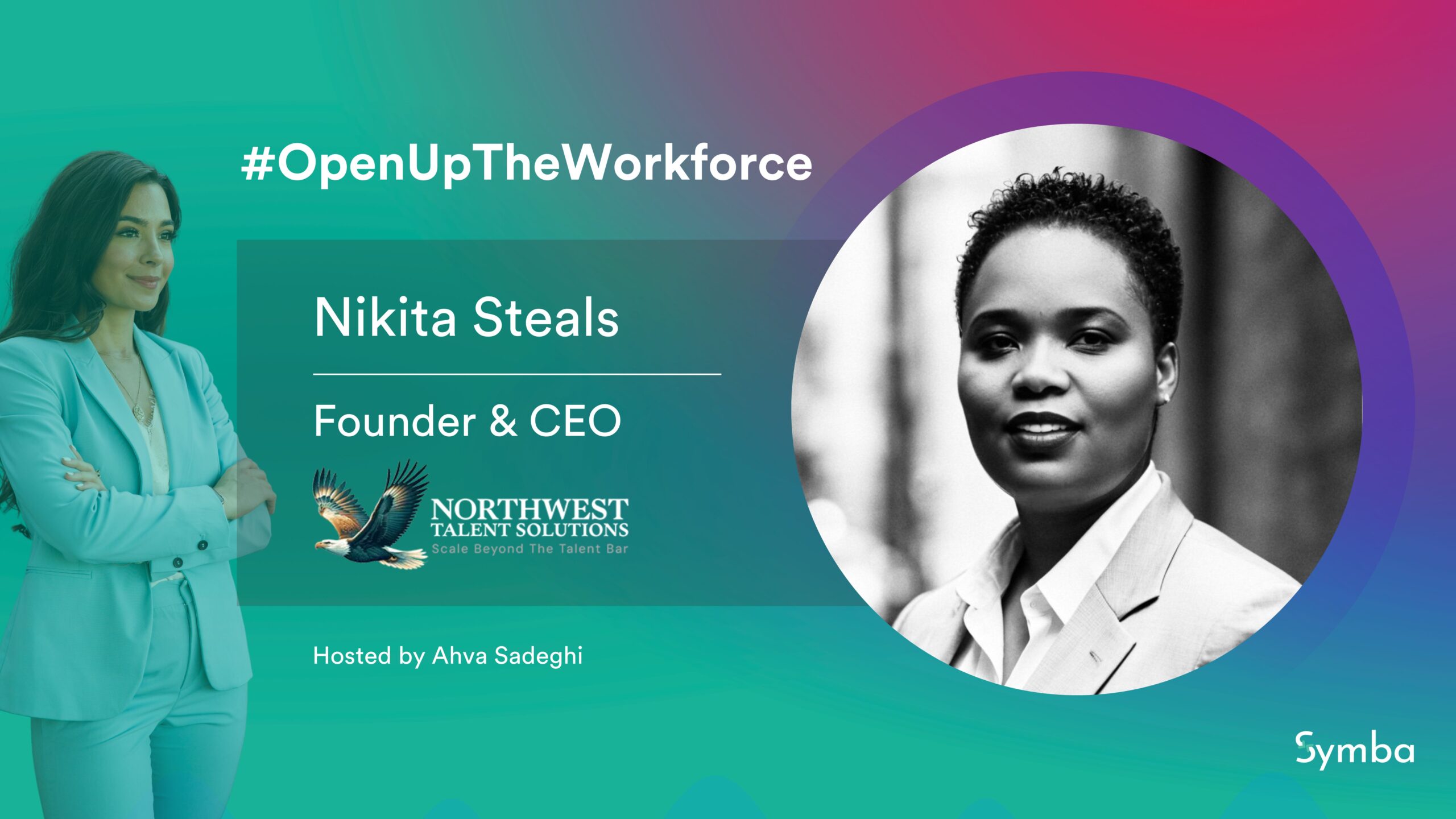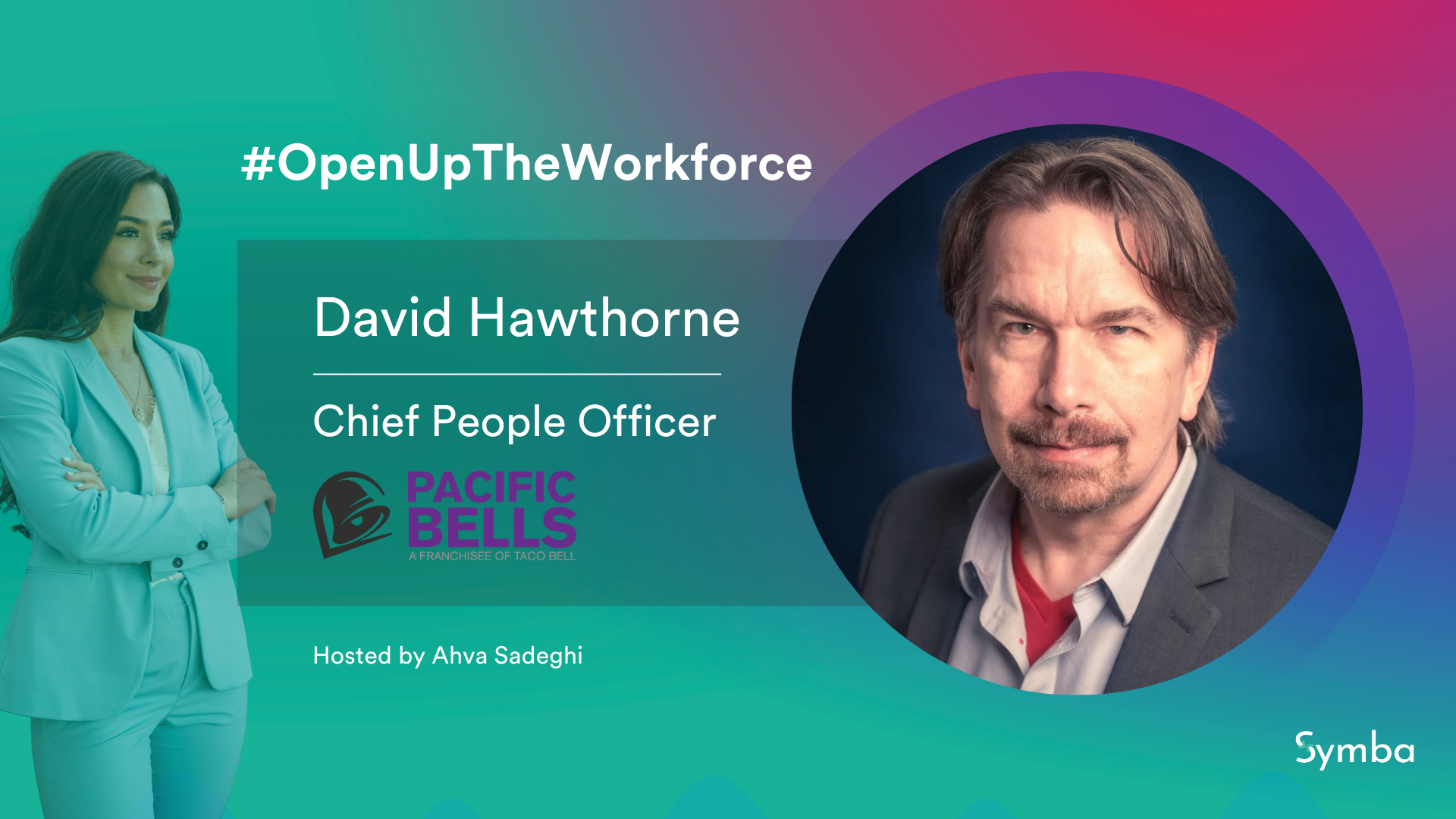Studies have yielded clear outcomes: focusing on diversity, equity, inclusion, and belonging (DEIB) makes companies stronger and delivers impactful employee experiences. Considering the strong business case for inclusion and diversity, organizations are sourcing for more diverse candidates. Many are turning to remote operations to attract more diverse talent. But diversity is only one aspect of a powerful growth strategy. Improving safety & belonging at your workplace is the game-changing element critical to retaining diverse talent and training them for leadership positions. With remote workplaces becoming more and more common, it is important to consider how to create an inclusive environment in an intangible office.
How can you, as an employer, make your remote workplace a safe and inclusive place where BIPOC can feel free to express their feelings and challenges regarding diversity and organizational culture? How can you create a workspace that values, includes, and supports BIPOC employees and their well-being?
We reached out to our partner network to hear how they’re navigating through this DEI challenge. Here’s what they said:
- Assign a non-supervisor mentor. In addition to including your DEIB policies and initiatives on your website, discuss them during the interview process, include how employees can safely share concerns, complaints, and grievances if they experience discrimination or other unacceptable behaviors. Let them know that their feedback will be valued by all levels of the organization and ensure that appropriate actions are taken when feedback is given; being responsive and continuing to build a respectful and inclusive learning culture is key to retaining BIPOC employees. In addition to a manager, new hires should be assigned a non-supervisor mentor who they can relate to and be honest with if issues or concerns arise.
- Culture Add Versus Culture Fit. Be conscious of how much White employees are speaking during meetings and amplify the voices of Black, Indigenous, and POC participants. Encourage BIPOC employees to participate in meetings and ensure that their comments and ideas are treated seriously. Additionally, be cognizant of the burdens that code-switching presents; consider reframing employees as a "culture add" instead of a "culture fit".
- Ask and Listen. True understanding and lasting empathy can only be achieved by making ourselves available and vulnerable to having uncomfortable conversations around cultural differences, perceptions and realities. Employees can support their BIPOC counterparts by simply asking to learn more about their backgrounds and experiences not only in the workplace, but more importantly beyond the walls of comfort that non-BIPOC employees are traditionally not accustomed to speaking on. The objective -- to shine a light on new stories and perspectives that showcase the diversity and depth of BIPOC's lived experiences.
- Learn and Lead. Intentional action and follow-up are key to gaining the trust and fidelity of BIPOC. For far too long, corporate America and society have talked the talk -- it's time to walk the walk. Listening without learning is counterproductive; and, learning without leading others is status quo. Employees can support their BIPOC team members by not only learning about their lived experiences, but more specifically, applying what they've learned into an actionable set of directives steeped in diversity and inclusion. These directives should be designed in a way that encourages all employees to lead and embody the actions that give rise to a more fair and equitable workplace culture.
- Encourage and Establish Employee Resource Groups (ERGs). Creating ERGs provides your coworkers with safe spaces to connect, support, share resources, educate and strategize to create change within an organization remotely. At Pathstream, we have an ERG called Black at Pathstream that meets monthly to share ideas and shed light on areas for opportunity in the company. This group was formed organically by internal team members. It’s important for BIPOC remote professionals to have resources available to them to thrive and the opportunity to share updates and progress with the leadership team. It’s also important to note that the success from these ERGs are rooted in a shared identity, safe and confidential spaces and collaboration. The leadership team has a big role to play in these efforts. They need to offer these spaces to meet their employees' needs, invest in ensuring ERG initiatives are seen through and learnings are shared with the organization.
- Build an Inclusive Recruitment and Hiring Process. Ask yourself: Is your organization being thoughtful about who you hire and why you hire? Is your organization actively creating a more diverse and robust recruiting channel? Your organization should develop clear recruitment metrics around diversity hiring and be able to reflect on how those metrics helped them achieve positive outcomes. At Pathstream, we are focused on setting clear goals that move the needle on diversity recruitment. Some examples of this are our partnership with Jopwell, sharing job announcements on jobs boards at HBCUs, Blacks in Technology, community organizations and more. Our hiring process also includes several rounds of virtual interviews with diverse panels of interviewers so that potential employees can see themselves working at our organization. We make it a priority to reflect on our recruitment and hiring processes and change them. Don’t tell candidates about how you bring diverse voices to bear on decisions, show them.
Your organization’s commitment to DEI&B speaks volumes to BIPOC employees about how you value them. As mentioned above, commit to building inclusive recruitment and hiring processes, switch terms like culture fit with culture add, and engage in other such intentional acts to make your company culture stronger and much more inclusive for all employees.





